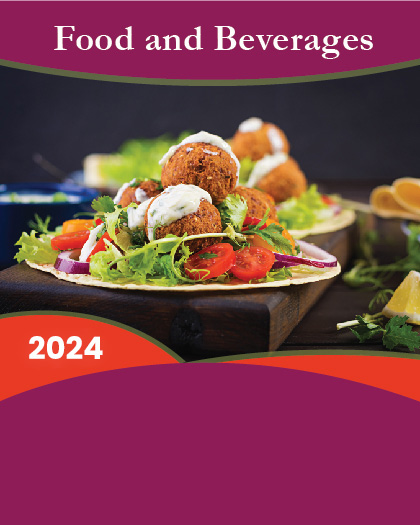
In addition to vitamin C, camel milk also contains a large amount of unsaturated fatty acids, iron and vitamin B required by the human body. People with weak health are often advised to drink camel milk to enhance their resistance.
This report elaborates the market size, market characteristics, and market growth of the Camel Milk industry, and breaks down according to the type, application, and consumption area of Camel Milk. The report also conducted a PESTEL analysis of the industry to study the main influencing factors and entry barriers of the industry.
In Chapter 3.4 of the report, the impact of the COVID-19 outbreak on the industry was fully assessed. Fully risk assessment and industry recommendations were made for Camel Milk in a special period. This chapter also compares the markets of Pre COVID-19 and Post COVID-19.
In addition, chapters 8-12 consider the impact of COVID-19 on the regional economy.
Key players in the global Camel Milk market covered in Chapter 13:
Aadvik Foods and Products Pvt. Ltd.
Emirates Industry for Camel Milk & Products (EICMP)
The Camel Milk Co. Australia Pty Ltd.
Desert Farms Inc.
Lokhit Pashu Palak Sansthan (LPPS)
QCamel
In Chapter 6, on the basis of types, the Camel Milk market from 2015 to 2025 is primarily split into:
Fresh
Frozen
Freeze-Dried
In Chapter 7, on the basis of applications, the Camel Milk market from 2015 to 2025 covers:
Household
Food & Beverage Industry
Dietary Supplements
Cosmetics & Personal Care
Others
Geographically, the detailed analysis of production, trade of the following countries is covered in Chapter 4.2, 5:
United States
Europe
China
Japan
India
Geographically, the detailed analysis of consumption, revenue, market share and growth rate of the following regions are covered in Chapter 8, 9, 10, 11, 12:
North America (Covered in Chapter 8)
United States
Canada
Mexico
Europe (Covered in Chapter 9)
Germany
UK
France
Italy
Spain
Others
Asia-Pacific (Covered in Chapter 10)
China
Japan
India
South Korea
Southeast Asia
Others
Middle East and Africa (Covered in Chapter 11)
Saudi Arabia
UAE
South Africa
Others
South America (Covered in Chapter 12)
Brazil
Others
Years considered for this report:
Historical Years: 2015-2019
Base Year: 2019
Estimated Year: 2020
Forecast Period: 2020-2025
























